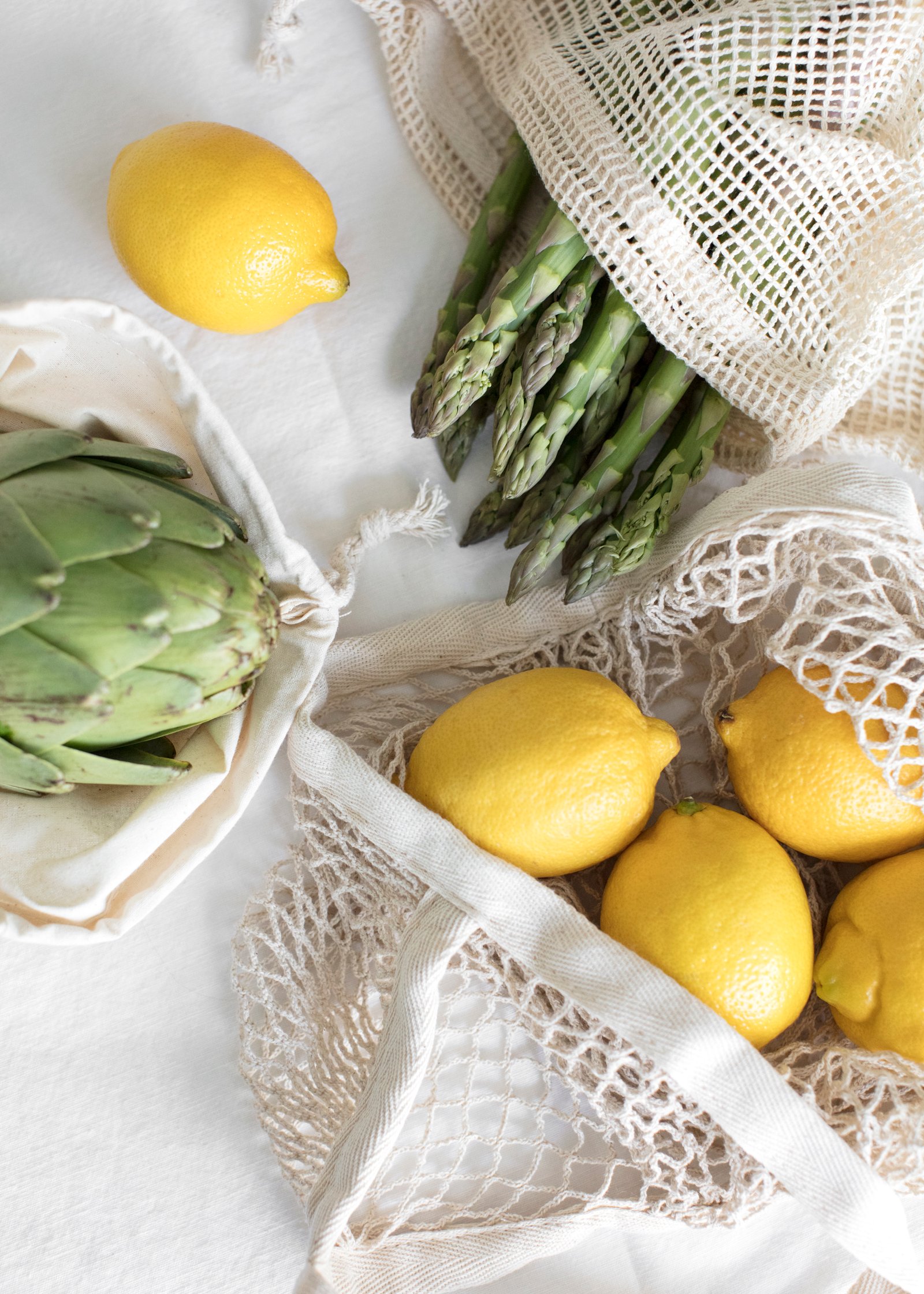
Navigating the grocery store can feel overwhelming, especially when you’re unsure of what to buy. A well-constructed weekly grocery shopping list can help with that. With a focused list, you can save time, reduce impulse buys, and ensure you have all the ingredients needed for your meals.
A good shopping list will help you tackle your grocery shopping with confidence. You’ll be reminded of the essentials you need for the week while also allowing for some flexibility when trying new recipes. Plus, having a plan in place makes it easier to stick to your budget.
Whether you’re meal prepping for the week or just picking up a few items, having a grocery shopping list will help you shop smarter. You’ll find that this small step can make a big difference in your weekly routine.
Essentials of Planning
Effective grocery shopping requires thoughtful preparation. By addressing your shopping needs, budgeting wisely, and prioritizing nutrition, you can create a grocery list that supports your lifestyle and diet.
Determining Your Shopping Needs
Start by assessing what you already have in your kitchen. Check your fridge and pantry to see what essentials you need to replenish. Make a list of staples such as grains, proteins, fruits, and vegetables that you regularly use.
Consider meal planning for the week. What recipes do you want to prepare? Jot down ingredients required for each dish. This method will not only help you avoid duplicates but also ensure you have everything needed for healthy meals.
Budgeting for the Week
Set a clear budget for your grocery shopping. Take into account previous spending patterns and adjust based on your current financial situation.
Tips to stick to your budget:
- List down items by priority, focusing on necessities.
- Compare prices at different stores or consider bulk buying for non-perishables to save money.
- Use cashback apps or loyalty programs to maximize savings.
Planning ahead can help you avoid impulse buys and ensure your grocery list aligns with your financial goals.
Maximizing Nutrition
Focus on incorporating a variety of food groups into your grocery list to enhance nutritional value. Aim for colorful fruits and vegetables, lean proteins, and whole grains.
Suggestions for a balanced diet:
- Include leafy greens like spinach or kale.
- Choose nutrient-rich options such as quinoa or brown rice.
- Don’t forget healthy fats from sources like avocados or nuts.
When selecting packaged foods, check for added sugars or excessive sodium. Selecting whole foods will not only elevate your meals but also contribute positively to your health.
Food Categories
When creating your weekly grocery shopping list, it’s essential to organize items by specific food categories. This approach helps ensure you cover all nutritional bases and streamline your shopping experience.
Fruits and Vegetables
Fruits and vegetables are crucial for a balanced diet. They provide vitamins, minerals, and fiber that support your overall health.
Tip: Aim to include a variety of colors on your list. This ensures you’re getting a range of nutrients.
Popular Options:
- Fruits: Apples, bananas, berries, oranges, and melons.
- Vegetables: Spinach, carrots, broccoli, peppers, and tomatoes.
You might consider buying seasonal produce for the best flavor and price. Also, look for organic options where possible, particularly for items with edible skins.
Proteins
Proteins are vital for building and repairing tissues. Including a variety of protein sources in your shopping list makes meal planning easier.
Key Sources:
- Meats: Chicken, beef, pork, and turkey.
- Fish and Seafood: Salmon, tuna, shrimp, and cod.
- Plant-Based Proteins: Beans, lentils, tofu, and chickpeas.
Consider lean cuts of meat for healthier choices. Incorporating diverse protein sources can enhance your meals and keep your diet interesting.
Dairy and Alternatives
Dairy products provide calcium and protein, essential for bone health. If you’re lactose intolerant or prefer plant-based options, there are plenty of alternatives.
Dairy Options:
- Milk (whole, skim, or plant-based)
- Yogurt
- Cheese
Alternatives:
- Almond milk
- Soy yogurt
- Coconut-based ice cream
Check for fortified versions of plant-based products to ensure they provide similar nutrients.
Grains and Cereals
Grains and cereals offer energy-boosting carbohydrates. They should be a staple in your weekly grocery list, as they provide essential fiber.
Healthy Choices:
- Whole Grains: Brown rice, quinoa, and whole wheat bread.
- Cereals: Oats, granola, or high-fiber breakfast cereals.
When shopping, aim for whole grain options for added health benefits. Don’t forget to check labels for added sugars in cereals and opt for those with lower sugar content.
By thoughtfully categorizing these food groups, you can create a balanced shopping list that makes weeknight meals both easy and nutritious.

Special Considerations
When creating your weekly grocery shopping list, it’s important to keep personal needs and preferences in mind. Dietary restrictions and seasonal selections can greatly influence what you choose. Here’s how to tailor your list for the best results.
Dietary Restrictions
If you or someone in your household has dietary restrictions, it’s essential to plan accordingly. This may include allergies, intolerances, or specific diet regimens.
- Common Restrictions:
- Gluten-free
- Dairy-free
- Nut-free
- Vegan or vegetarian
Take time to check labels and ensure that items fit these needs. Consider meals that incorporate safe ingredients, and explore alternatives. For example, if you’re gluten-free, look for quinoa or rice instead of bread or pasta. Keeping a dedicated list of safe foods can simplify shopping.
Seasonal Selections
Seasonal selections not only add freshness but also enhance flavor and nutrition. Shopping for seasonal produce often means lower prices and higher quality.
- Spring: Asparagus, strawberries, and peas
- Summer: Tomatoes, zucchini, and berries
- Fall: Pumpkins, apples, and squash
- Winter: Citrus fruits, root vegetables, and hearty greens
By prioritizing seasonal items in your grocery list, you support local farmers and make the most of what’s available. Seasonal recipes can inspire your meal planning, ensuring variety and excitement in your cooking.
Shopping Tips
Being strategic about your grocery shopping can save you time and money. Here are some practical tips to help you find the best deals and navigate the store efficiently.
Finding the Best Deals
Start by checking your local store flyers to identify weekly discounts. Most stores feature specific items at lower prices to entice customers. Make a list of these deals to prioritize your purchases.
Consider using grocery apps, which often provide digital coupons and cashback offers. These can add up, making a significant difference in your total bill. Be sure to sign up for loyalty programs, as they frequently offer exclusive deals to members.
Another effective method is to buy in bulk. Items like grains, pasta, and canned goods often come at a lower cost when purchased in larger quantities. Just ensure you have enough storage space to keep these items fresh.
Efficient Store Navigation
Navigating the store efficiently can help you save both time and energy. Organize your grocery list by category, grouping items like produce, dairy, and proteins together. This approach can prevent unnecessary backtracking through the aisles.
When you arrive at the store, start at the perimeter, where fresh produce, meats, and dairy products are typically located. This not only helps you find healthier options but also minimizes impulse buys from the center aisles.
Keep an eye out for markdowns on items nearing their expiration dates. These products can often be used right away or frozen, providing you with excellent savings. Lastly, try shopping during off-peak hours to experience a quieter, more pleasant shopping environment.
Meal Preparation & Recipes
Meal preparation is a great way to save time and ensure you have healthy meals ready to go. Here are some simple strategies to help you get started.
- Plan Your Meals: Spend a few minutes each week deciding what you want to eat. Look for recipes that share ingredients to minimize waste.
- Create a Grocery List: Using a template can help you organize your shopping. Make a list based on your meal plan, ensuring you include all necessary items.
- Batch Cooking: Prepare large quantities of meals that can be divided into portions. This can include grains, proteins, and vegetables.
- Mix and Match: Create versatile meal prep bowls. For instance, cook a base like quinoa, then top it with various proteins (chicken, tofu) and veggies (broccoli, carrots).
- Easy Recipes to Try:
- Veggie Stir-Fry: Quick to make with your choice of vegetables and a protein. Serve with rice or noodles.
- Overnight Oats: Combine oats, yogurt, and fruits in jars for a nutritious breakfast.
- Casseroles: Bake a large dish that can be portioned for multiple meals.
- Storage Tips: Use clear containers to store your prepped meals. Label them with the date to keep track of freshness.